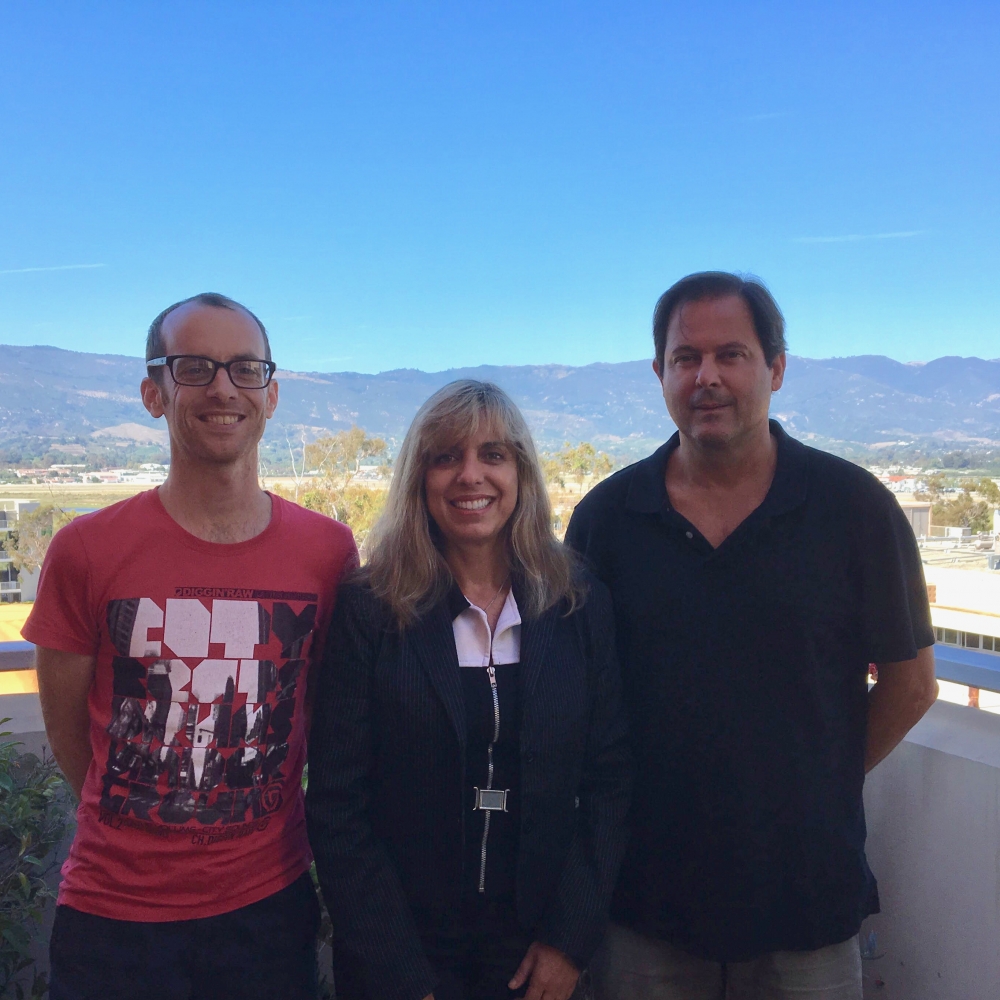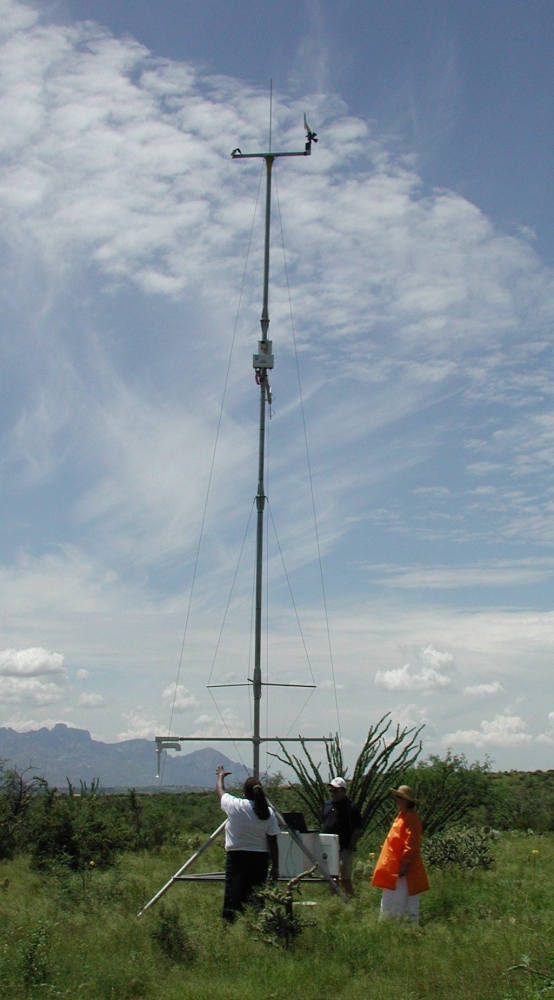
Earth, Wind and Fire

The scene plays out frequently in Southern California: Hot, dry winds blow in from the mountains, fanning a small brushfire into a true conflagration. Santa Barbara has its own version of these downslope winds known to peak around sunset in the southern slopes of the Santa Ynez Mountains, earning them the moniker “sundowners.”
“It’s the most important fire-weather regime we have in coastal Santa Barbara,” said Professor Leila Carvalho, a meteorologist in UC Santa Barbara’s Department of Geography and Earth Research Institute (ERI). “All the major wildfires that have affected Santa Barbara have been influenced by sundowners.” That includes the Sherpa fire, the Whittier fire and the devastating Thomas fire, among others, she said.
Now Carvalho and her collaborators will have an unprecedented opportunity to study these extreme winds thanks to a multimillion dollar grant from the National Science Foundation (NSF). She and Professor Charles Jones, also from the geography department and ERI, will lead a team of scientists from nine institutions on an ambitious field campaign from April 1 through May 15, 2020 — The Sundowner Winds Experiment, or SWEX. The researchers will also collaborate with the Santa Barbara County Fire Department and the National Weather Service in Oxnard.
The Santa Anas dominate discussions about winds in Southern California, and for good reason. The iconic winds span a region that stretches from Ventura all the way into Baja California. Santa Ana winds are most common from late fall through early spring. Meanwhile, Santa Barbara’s sundowners can occur any time of the year, though they’re more common in spring. Sundowners can be particularly devastating in summer, when the winds lose humidity and increase in temperature as they descend from the Santa Ynez mountains, creating conditions favorable for wildfires.
Scientists know much less about sundowners than they do about the Santa Anas. The first peer-reviewed paper on sundowners came out in 1998. “For comparison, Santa Ana winds have been studied since the 1950s and ‘60s,” said Jones. What’s more, the region around Santa Barbara has had relatively few weather stations, so most of our current knowledge about sundowner winds comes from models.
Understanding the Mechanisms
Anyone who’s experienced the coastal morning fog will have some intuition about the role the coast plays in the weather. As water evaporates from the ocean it creates clouds. However, the ocean temperature remains fairly cool and stable, which reduces the amount of convection — air movement and heat transfer — in the air above it. The high-pressure system typically observed over the subtropical North Pacific further suppresses convection in this region, leading to the clear skies that characterize Southern California. These phenomena combine to form a layer of relatively cool air that sits right above the surface, and is often visible as a fogbank sitting just off shore.
“What’s so interesting about sundowners is this interaction with the marine boundary layer on the coast, as well as the boundary layer in the valley,” said Carvalho. “We believe that warming in the valley and the presence of the marine layer on the coast are important to explain why sundowners typically intensify after sunset and weaken near sunrise.”
Wind comes down from the mountains every night as they cool, but generally it’s a mild wind. Only sometimes, when there are large differences in pressure, do we observe true sundowner winds. The sundowners hug the coastal slope of the mountains, losing moisture and heating up as they descend. Strong winds will also channel through the gaps, like the San Marcos Pass, creating rivers of air that stream down the mountain. The phenomenon is strongly influenced by conditions in the Santa Ynez Valley, Santa Ynez Mountains and San Rafael Mountains, and Carvalho and Jones believe the upcoming SWEX campaign will shed light on these dynamics.
The two scientists also plan to evaluate their models against actual field data. Looking at the data will help determine the relative importance of different factors in the model, improving forecasts of sundowner winds and fire-weather conditions.
The Project

Researchers inspect an integrated surface flux system tower, the same type that will be deployed for SWEX.
Photo Credit: NCAR
The NSF-funded project has mobilized a suite of resources for the experiment, many courtesy of the National Center for Atmospheric Research (NCAR). The grants will fund 15 additional temporary weather towers, wind profilers, ceilometers and instrumentation to be sent aloft on balloons. The team will also have several lidars — laser-based radars — at fixed points, as well as one mounted in a truck traveling from east to west along one of the major highways to get measurements from closer to the ground. These instruments will help to understand what happens prior, during and after the occurrence of sundowners.
What’s more, University of Wyoming scientists will bring their research plane, the King Air, to Santa Barbara for the study. The aircraft is already equipped with a host of meteorological instrumentation, and the team plans to add a lidar instrument so it can scan the top of the marine boundary layer. The plane will also measure turbulence over the mountains as well as drop radiosondes to measure wind velocity, temperature and humidity.
These efforts will characterize what’s happening during a sundowner event. The researchers will combine the data into a 4D account that compares sundowner conditions to typical weather.
Carvalho’s and Jones’ ultimate goal is to be better able to predict sundowner winds — not only when they’ll happen, but how they’ll play out. Understanding these winds, and improving our ability to forecast them, is critical to efforts to protect the Santa Barbara community from wildfires.



